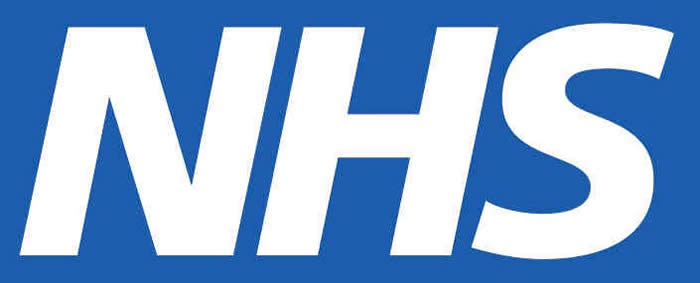Around 459 strokes have been avoided and 115 lives saved in the last year across the Midlands thanks to a special NHS programme aimed at diagnosing and protecting more patients.
The initiative, commissioned by NHS England and NHS Improvement and delivered by the Academic Health Science Network (AHSN), aims to improve the diagnosis for patients with Atrial Fibrillation (AF) and subsequent treatment by working with health and care professionals (including GPs and pharmacists), making detection devices available, operating training and learning initiatives and raising awareness of diagnosis and anticoagulation opportunities.
Between April 2016 and March 2020, it is estimated that the programme has saved 573 lives and helped prevent more than 2,290 people across the Midlands from suffering a life-changing AF-related stroke.
In addition to the impact on people’s lives, the programme has also enabled significant financial efficiencies1 for the region’s health and social care system – amounting to an estimated £51.4 million (which includes £10.3 million from April 2019 – March 2020).
Latest figures show an additional 13,298 people across the Midlands have been diagnosed with Atrial Fibrillation – a leading cause of serious stroke – and 11,468 more are receiving treatment, thanks to a major drive to improve detection and protection.
The latest NHS figures cover a one-year period up to and including March 2020 and focus on the detection and treatment of Atrial Fibrillation. AF is the most common form of abnormal heart rhythm and a common cause of stroke. An estimated 288,350 people in the Midlands have AF2. Across the UK around 200,000 people develop AF each year3. Detecting AF early and making sure people are given optimal treatment – usually blood-thinning medication to prevent clots (anticoagulants) reduces the risk of stroke by two thirds.
The East Midlands AHSN and the West Midlands AHSN are two of 15 AHSNs nationwide, which operate as the innovation arm of the NHS. The AHSNs are commissioned by NHS England and NHS Improvement and the Office for Life Sciences to test and spread innovation to help the NHS provide the best patient care.
Across all AHSNs delivering the initiative in England, the latest NHS data shows that from April 2016 up to March 2020 the number of additional people with AF receiving treatment each year has increased by almost 300,000. Since the national initiative started in 2016, it is estimated to have saved 2,933 lives and avoided 11,734 people suffering AF-related strokes
Dr Nigel Sturrock, Regional Medical Director at NHS England and NHS Improvement in the Midlands, said:
“Strokes can be absolutely devastating both for the patient and their family, and better detection and treatment of high-risk cardiovascular conditions like Atrial Fibrillation is critical to avoiding strokes and saving lives.
“Supported by the AHSNs, NHS and public health organisations across the Midlands have been working together for a number of years on this important initiative and the latest data shows the positive impact this is having with many hundreds of lives saved.
“There is also a benefit to the health and care system by reducing hospital admissions and social care costs related to strokes.”
Nicole McGlennon, Managing Director at the East Midlands Academic Health Science Network said:
“We are delighted with these results which highlight the hard work and dedication from Clinical Commissioning Groups and GP practices and other vital support teams across the Midlands to improve detection and management of AF.
“Over the past four years all 15 AHSNs across England have worked in their regions to deliver the AF programme and it is fantastic to be able to see the impact this programme has had. Thinking about this in terms of the patients who have avoided AF-related strokes really brings home the importance of these improvement programmes.”
Dr Nazish Khan, CVD Clinical Lead and Lucy Chatwin, Head of Innovation Implementation at WMAHSN, said:
“We are really pleased with the improvement seen as it has demonstrated that through collaboration between primary and secondary care, we can learn how to improve the detection and management of people at risk of AF, reduce the number of AF related strokes and improve people’s quality of life. The AF programme is a great example of population health management and how reducing the burden associated with AF gives us time to address the health inequalities across the region.”



